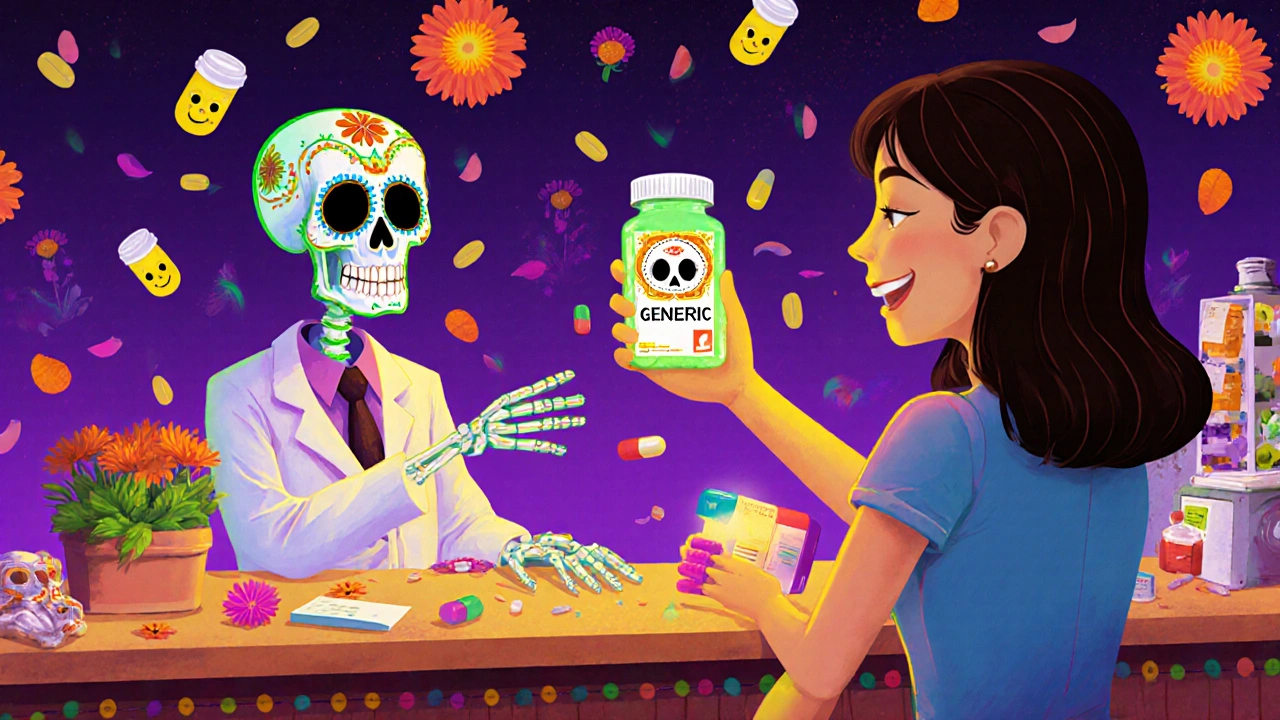Generic Medications: What They Are, How They Work, and When to Use Them
When you hear generic medications, lower-cost versions of brand-name drugs that contain the same active ingredients and meet the same FDA standards. Also known as generic drugs, they are the backbone of affordable healthcare in the U.S. and around the world. Most people assume they’re just cheaper copies—but that’s not the full story. A generic version of a drug must prove it works the same way in the body as the brand-name version. That’s called therapeutic equivalence, the standard that ensures a generic drug delivers the same clinical benefit as its brand-name counterpart. But here’s the catch: not all drugs play nice when switched. Some, like phenytoin, an anti-seizure medication with a very narrow window between effective and toxic doses., can cause serious problems if you switch generics without monitoring blood levels. The same goes for blood thinners, thyroid meds, and certain epilepsy drugs. These are called NTI drugs—narrow therapeutic index—and they demand extra care.
Why does this matter? Because your doctor might prescribe a generic without telling you, or your pharmacy might switch it automatically to save money. That’s legal—and usually fine—but not always safe. If you’re on a drug like phenytoin or warfarin, a tiny change in absorption can mean the difference between control and crisis. On the flip side, for most common meds—like high blood pressure pills, statins, or antidepressants—switching generics is perfectly safe and saves hundreds a year. Studies show patients on generics stick to their treatment longer because they can actually afford it. That’s huge. One study found that switching to generics improved adherence by 15% in people with diabetes and heart disease. And it’s not just about cost. Generic prescribing is a public health tool. The U.S. saves over $300 billion a year thanks to generics. That’s money that keeps people in care instead of skipping doses or skipping pills entirely.
But knowing when to use generics isn’t just about price. It’s about understanding your condition, your body, and your meds. Some drugs, like insulin or certain antibiotics, have subtle differences in how they’re made—even if the active ingredient is identical. That’s why checking your prescription label matters. That NDC number? It’s not just a barcode. It tells you exactly which version you’re getting. And if you’re switching from brand to generic, watch for changes in how you feel. New side effects? Worse symptoms? Talk to your pharmacist. They’re trained to spot these red flags.
What you’ll find below isn’t just a list of articles. It’s a practical guide to navigating the real-world world of generic medications—from the science behind bioequivalence to the legal risks in drug contracts, from how insurance covers them in nursing homes to why some people lose hair or have seizures after a switch. Whether you’re a patient, a caregiver, or just trying to understand your own prescriptions, these posts give you the facts you need to stay safe and save money—without guessing.
- Archer Pennington
- 11
Informed Decision-Making: Choosing Between Generic and Brand Medications
Learn how to choose between generic and brand-name medications with clear facts, real-world data, and expert insights. Discover when generics are just as effective-and when to stick with the brand.
Read more
